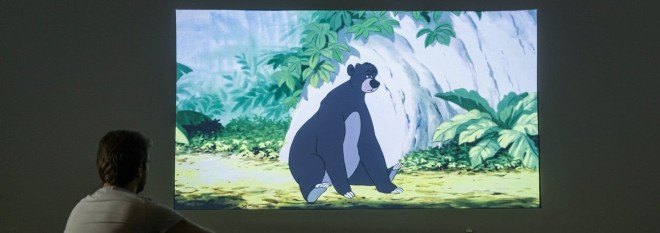
After the success of the first "Children's Biennale" , it will enter the second round in 2021: Whereas in 2018 it was dreams and stories, this time the focus is on people in their natural environment. Our earth demands attention, sustainable living and careful behavior more than ever. Environmental crisis, species crisis, climate crisis, world crisis - we are being flooded and are looking for ways out.
Our children have the greatest potential in this. With the help of contemporary art, the children's biennial “Embracing Nature” aims to examine, question and re-explore the relationship between man and nature. The youngest among us should be shown at eye level what it means to be part of this earth. In the spirit of the Saxon governor Hans Carl von Carlowitz, who founded the principle of "sustainability" in view of an impending raw material crisis as early as 1713, the focus of the exhibition will be on plant organisms and the impact of humans on their environment. In view of the major global problems such as the climate crisis, different strands show how nature can find a place in museums, how resources can be used sparingly and cycles can be closed.
The participatory and interactive works of art are selected together with the children's council. Even the youngest should be able to learn in a room for early childhood education.
Today more than ever, becoming aware of one's own human-nature relationship is crucial for rethinking one's own actions and for sustainable management of global effects such as climate change. What dangers does climate change hold for the future, what immediate and long-term effects does it have? Thematically, the children's biennial follows three strands.
Nature in the museum
Everything here revolves around nature and its direct presence in the museum. How can exhibition rooms be redesigned thanks to natural elements in such a way that visitors * have to re-locate their own self in the space and their own placement in space and the world is questioned? The representation of nature from the human point of view and the position of man in his environment should be contrasted within this first strand.
Natural resources
A second strand is dedicated to the use and exploitation of natural resources and their effects. Here nature and landscape are made visible as carriers of memories and emotions. It is also about dependencies and empathy, because all living beings inhabit and live on and with the same earth.
Cycles
The topic here is nature as a closed system, which is determined by cycles. Among other things, the cycles of the transformation of matter, growth processes and networked structures are shown and questioned. Last but not least, the question arises about the cycles of the world and what role we humans play in them.